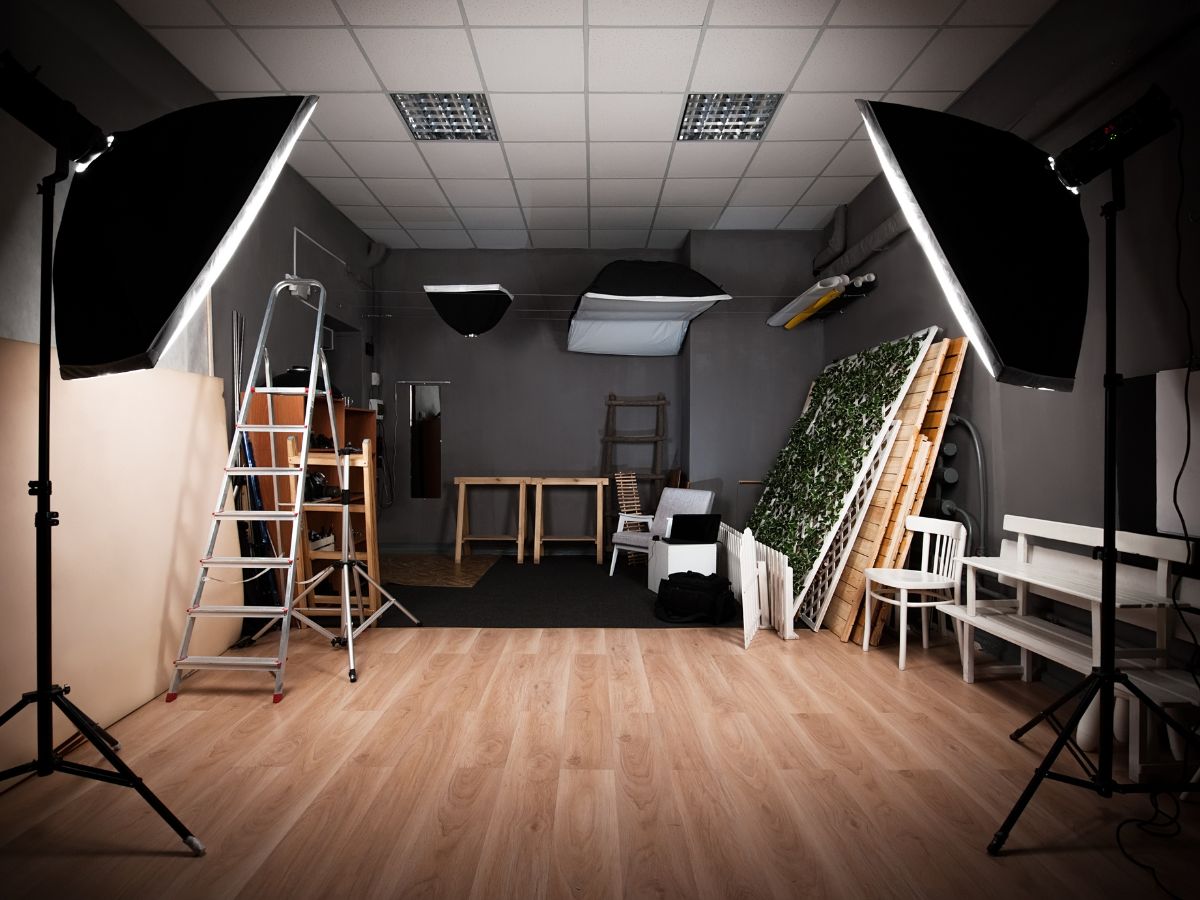
Photographing and Sharing Your Artwork: Best Practices for Artist
High-quality photographs of your canvas art are essential for showcasing your talent, attracting buyers, and building an online presence. Here’s a guide to help you capture and share your work effectively.
1. Use Proper Lighting
Natural light is your best friend. Shoot your artwork during daylight hours, ideally near a window with indirect sunlight. Avoid direct sunlight to prevent glare and uneven shadows. If natural light isn’t available, invest in softbox lighting for even illumination.
2. Choose the Right Background
Select a neutral, non-distracting background to make your artwork the focal point. White or gray walls work well, but ensure the surface is clean and free of texture that might detract from the piece.
3. Ensure Correct Alignment
Position your camera parallel to the artwork to avoid distortion. Use a tripod to maintain stability and ensure a straight, level shot. This is especially crucial for rectangular or square pieces, where skewed angles can alter perception.
4. Capture High-Resolution Images
Set your camera or smartphone to its highest resolution to produce crisp, detailed photos. This ensures your work looks professional online and allows for high-quality prints if needed.
5. Post-Process Thoughtful
Use editing software like Adobe Lightroom, Photoshop, or mobile apps like Snapseed to adjust brightness, contrast, and color balance. Avoid heavy editing that alters the authenticity of your artwork.
6. Show Context
Include lifestyle shots to help viewers envision how your work fits into a space. For example, display your painting above a sofa or on a gallery wall. This not only adds dimension but also boosts sales potential.
7. Optimize Images for Online Sharing
Resize images to web-friendly dimensions, such as 1200 x 1200 pixels, to balance quality and load speed. Use compressed formats like JPEG or PNG to reduce file size while retaining clarity.
8. Write Compelling Captions
Pair your photos with engaging captions that tell a story about your artwork. Include the title, inspiration, medium, and size. Use relevant hashtags to increase discoverability on platforms like Instagram and Pinterest.
9. Protect Your Work
Watermark your images subtly with your logo or signature to deter unauthorized use. However, ensure it doesn’t distract from the artwork itself.
10. Engage with Your Audience
Reply to comments and questions about your work promptly. Share behind-the-scenes photos or process videos to foster a deeper connection with your audience.
By following these practices, you can present your artwork professionally, attract a wider audience, and protect your creative efforts.

